Country Life Today: Scottish cattle numbers 'at lowest level for 60 years'
In today's round up, we bring you news of the struggle faced by Scottish beef cattle farmers, the mystery theft of an artwork in Bath and a warning to coastal dog walkers


Scottish cattle numbers fall steeply
Scottish cattle numbers have fallen to their lowest level for 60 years, according to the latest government figures.
While dairy cow numbers remained unchanged, beef cattle have dropped by 27,600 since last year, a change attributed to the decline in the profitability of beef production.
The sector is currently under pressure due to rising costs and poor market returns.
Results of the Scottish government's June 2019 census revealed that there are 950,000 fewer cattle today than in the country in 1974, when numbers were at their peak.
However, the census offered better results for the lamb population. This year 3.25 million lambs were recorded, representing an increase of 4% on last year, thanks to better weather during the lambing season.
Here’s to 750 happy returns
Westminster Abbey is celebrating its 750th anniversary with the help of some Royal guests.
Sign up for the Country Life Newsletter
Exquisite houses, the beauty of Nature, and how to get the most from your life, straight to your inbox.

The church as it stands today was built by Henry III (over an older building erected at the time of Edward The Confessor) and consecrated in 1269. The king didn’t stint on expenses — estimates put the cost of the Abbey, which was designed in the then cutting-edge Gothic style and partly decorated with an exquisite mosaic pavement, to £15 million in today’s money.
The Church has long had a connection with the Royal family: The Queen married Prince Philip and was later crowned there, as Queen Victoria had been before her.
More recently, it hosted the funeral of Diana, Princess of Wales, and the marriage of the Duke and Duchess of Cambridge. So it’s hardly surprising that both The Queen and the Duchess of Cornwall attended the service that marks the birthday festivities.
Other events are planned for later this week, including a family day followed by an evening photography session on Wednesday, October 23.
Bath artwork disappears in mystery theft
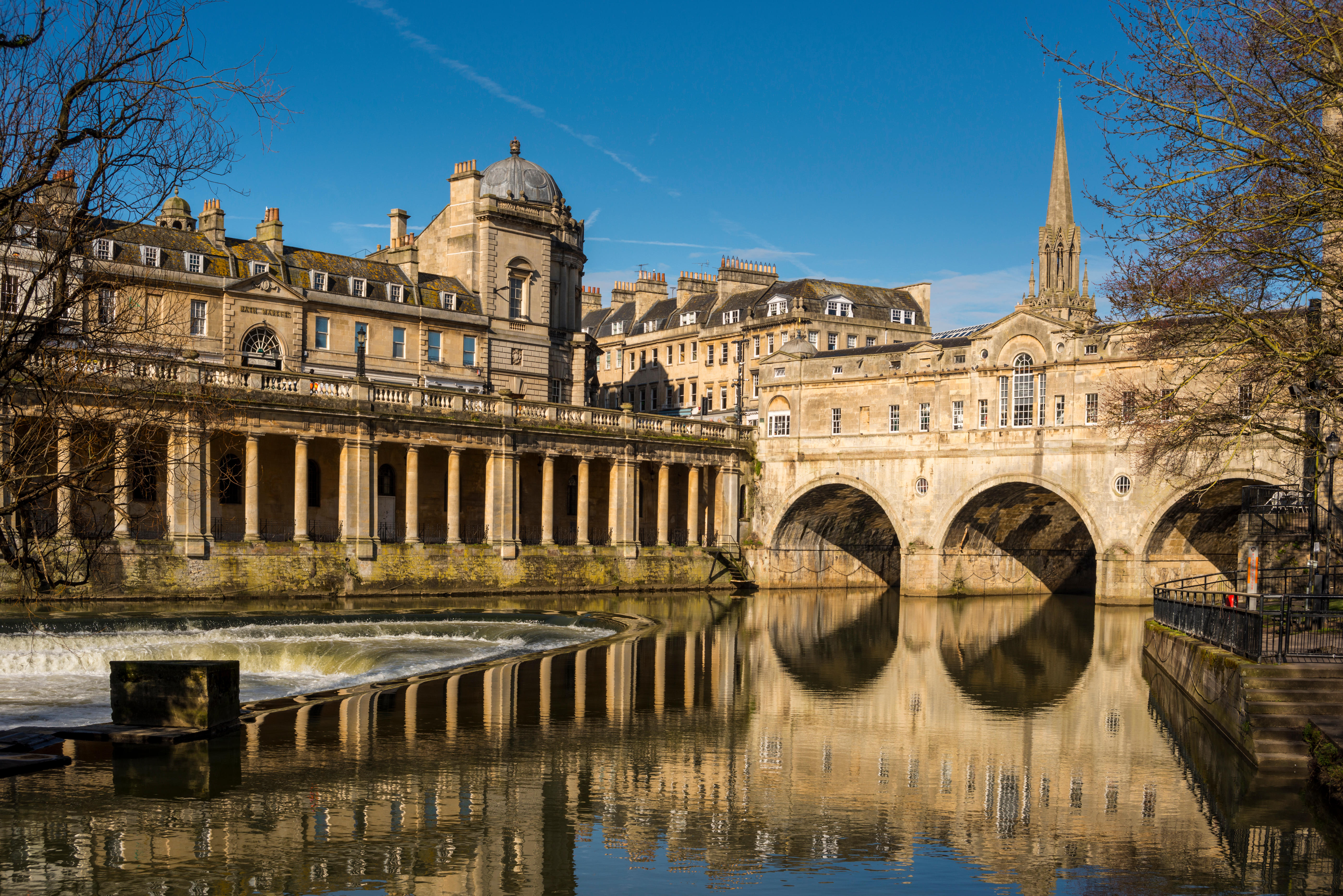
Thieves have stolen a large installation from a street in Bath’s city centre. Created by textile artist Alison Harper, the artwork was meant to raise awareness of air pollution and would have been extremely difficult to remove as it was made of 69 cloth-wrapped bicycle wheels, which were tied to one another and to some railings.
Police are baffled at the theft: it would have taken too much effort for a prank but, at the same time, the wheels and fibres don’t have enough value to tempt criminals. Some people think it may have been an attempt to quash the installation’s environmental message but, if so, it didn’t work. Artist Alison Harper plans to make a new piece along similar lines.
On this day
On October 16, 1847, Jane Eyre was published in London. Charlotte Bronte used the pen name of Currer Bell on the landmark novel, which, unusually for the time, used first-person narrative to explore Jane’s thoughts and feelings. This was her second book — her debut manuscript, The Professor, had previously been rejected by publishers.
Jane Eyre went on to become a success and was published in the United States the following year.
Why people are taking up snail farming
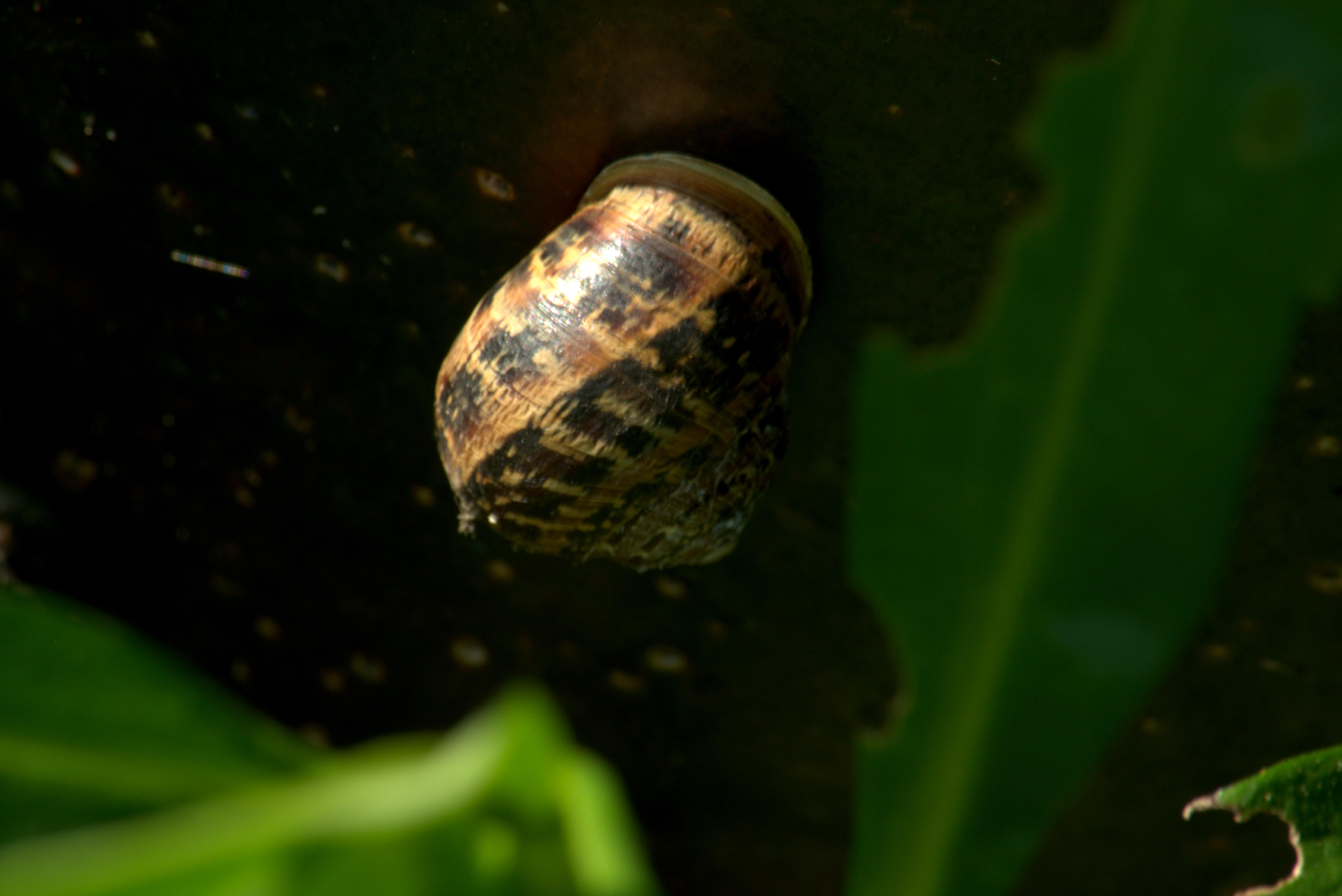
For those looking to leave the town behind and embrace a rural lifestyle, breeding snails offers a tempting opportunity: it doesn’t need too much land, has relatively contained costs and it’s eco-friendly to boot — not to mention that there’s rising interest in the UK for snail meat and eggs, while slime can be sold to beauty and pharmaceutical companies.
Many have taken the plunge, with one particular Somerset snail farmer looking to turn her county into ‘snail central’ by raising 300,000 gastropods and, possibly, opening a school for other aspiring snail-trepreneurs.
Dog owners beware as palm oil washes up in Cornwall
Vets are urging people in Cornwall to watch out for palm oil, which has washed up in large quantities on the beaches at Upton and Summerleaze, in Bude.
Solid at room temperature in cooler climates such as the UK’s, the oil forms white lumps that can be quite attractive to dogs. Although it is an ingredient in many processed foods, from cookies to cakes, it can cause gut problems in animals, including blockages and pancreatitis — but the biggest threat is that it is easily contaminated by diesel fuel and bacteria, which pets end up swallowing if they lick or eat the lumps.
Owners should not allow their dogs near the oil and, preferably, should avoid areas where it has appeared.
https://www.facebook.com/PenbodePetVets/posts/2494132490820776
And finally... last chance to see Windsor’s lions
The 38 life-size lion and cub sculptures that have graced Windsor’s streets for the past few months are about to have their last (public) roar. The artwork, which has been decorated by a stellar pool of international designers, including Dame Zhandra Rhodes and Burberry and Harrods designer Lisa Stickley, will be on display until Sunday, October 27.
They will then make a two-day appearance at the old Fenwick store at Windsor Yards on November 9 and 10 before being auctioned off on November 28.
Money raised through the sale will be split between Windsor's Thames Hospice, Tusk the African wildlife charity, cancer charity Look Good Feel Better and the Lions Club.
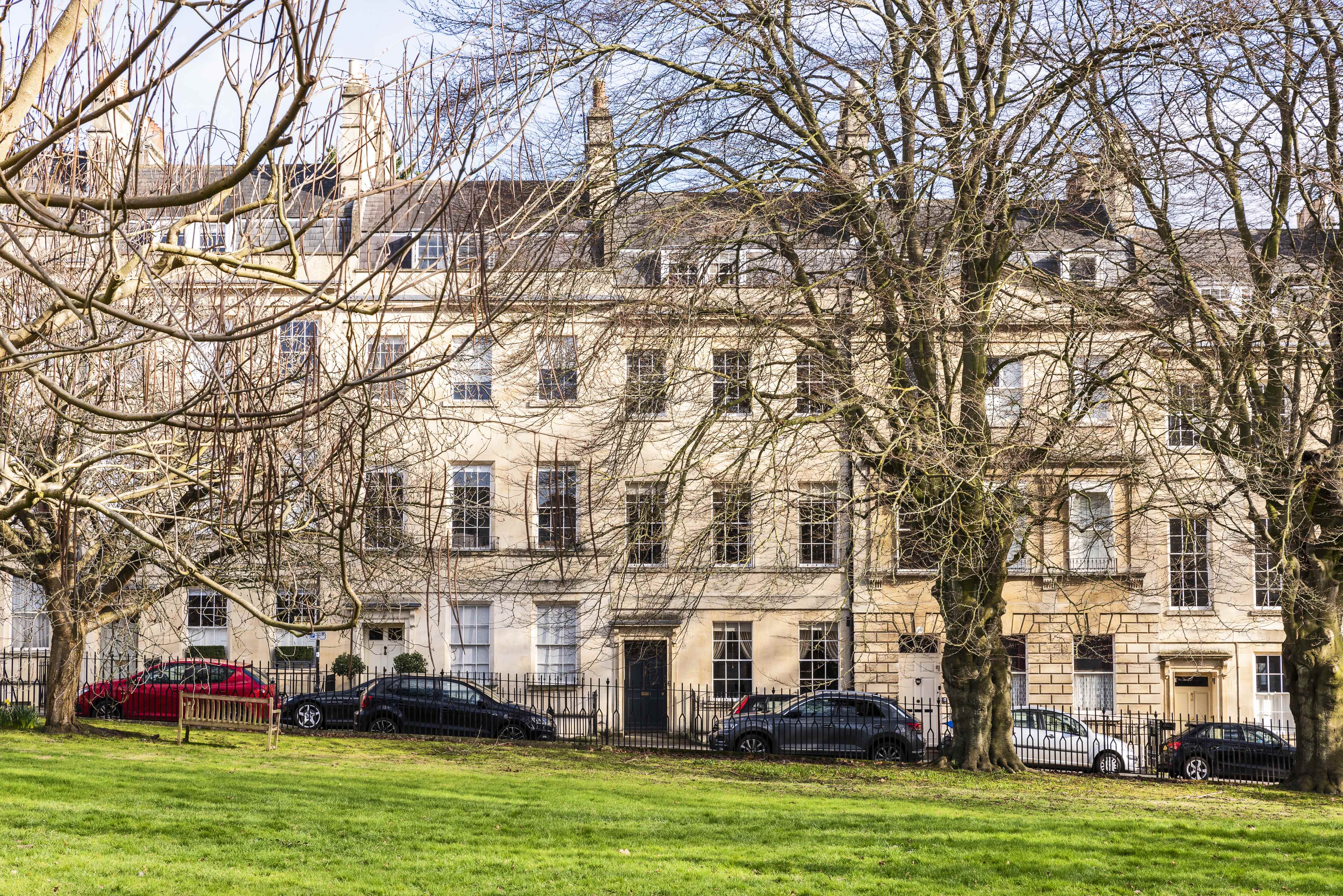
Credit: Luke Sheppard
A townhouse for sale that's the very archetype of the Georgian home in Bath
A beautifully-preserved Georgian home in one of Bath's most unspoilt residential squares has come to the market. Penny Churchill reports.
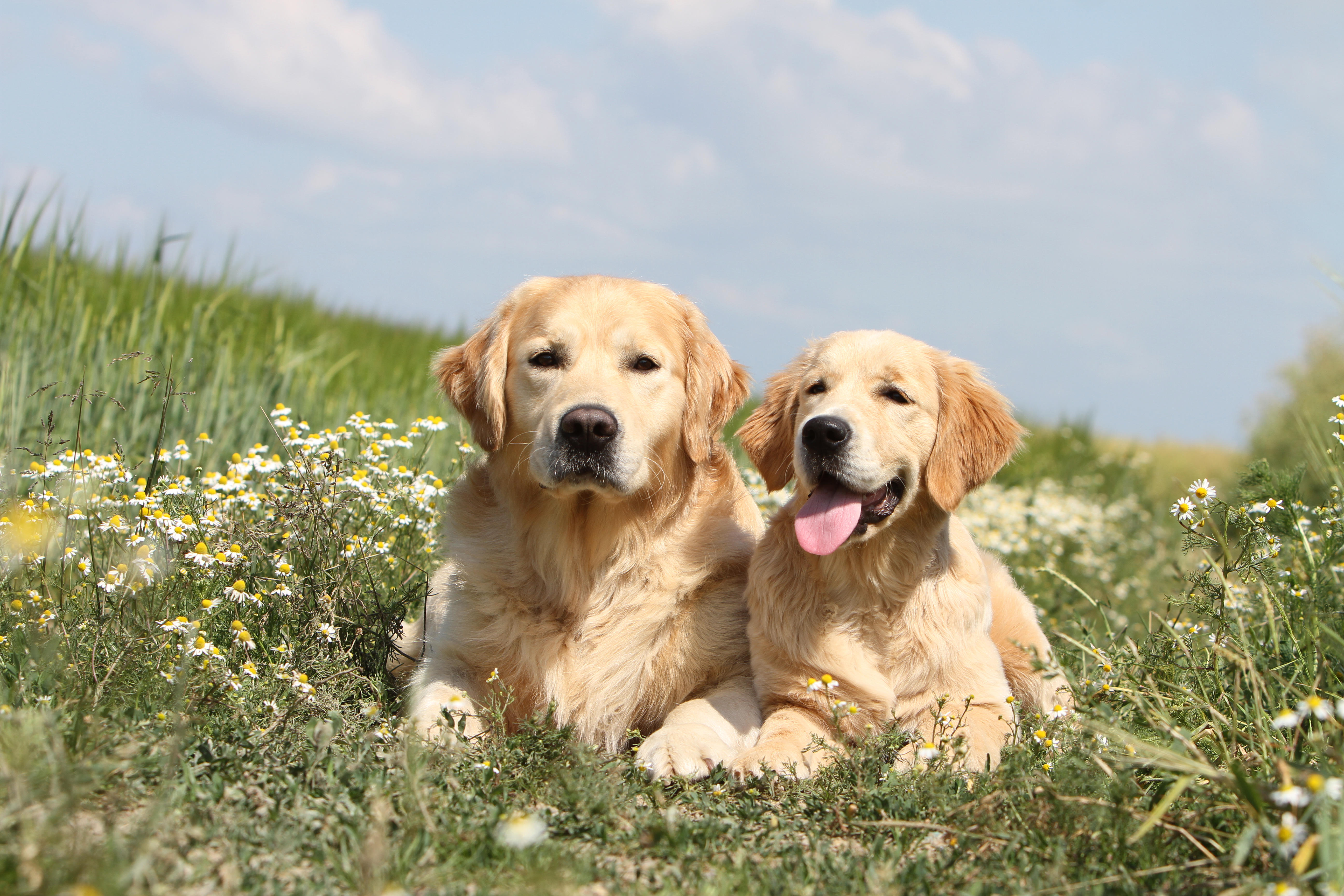
Credit: Alamy Stock Photo
Watch out for lungworm, the deadly parasite that threatens dogs across the UK
Lungworm is on the rise across the country, with a large number of cases recorded in southern England and South
Carla must be the only Italian that finds the English weather more congenial than her native country’s sunshine. An antique herself, she became Country Life’s Arts & Antiques editor in 2023 having previously covered, as a freelance journalist, heritage, conservation, history and property stories, for which she won a couple of awards. Her musical taste has never evolved past Puccini and she spends most of her time immersed in any century before the 20th.
-
 380 acres and 90 bedrooms on the £25m private island being sold by one of Britain's top music producers
380 acres and 90 bedrooms on the £25m private island being sold by one of Britain's top music producersStormzy, Rihanna and the Rolling Stones are just a part of the story at Osea Island, a dot on the map in the seas off Essex.
By Lotte Brundle
-
 'A delicious chance to step back in time and bask in the best of Britain': An insider's guide to The Season
'A delicious chance to step back in time and bask in the best of Britain': An insider's guide to The SeasonHere's how to navigate this summer's top events in style, from those who know best.
By Madeleine Silver
-
 The brilliant tractor tribute to the NHS from a group of Warwickshire farmers
The brilliant tractor tribute to the NHS from a group of Warwickshire farmersPeople around Britain have been paying tribute to the efforts of our NHS workers at the time of the coronavirus pandemic — but few have been as creative and clever as this one.
By Toby Keel
-
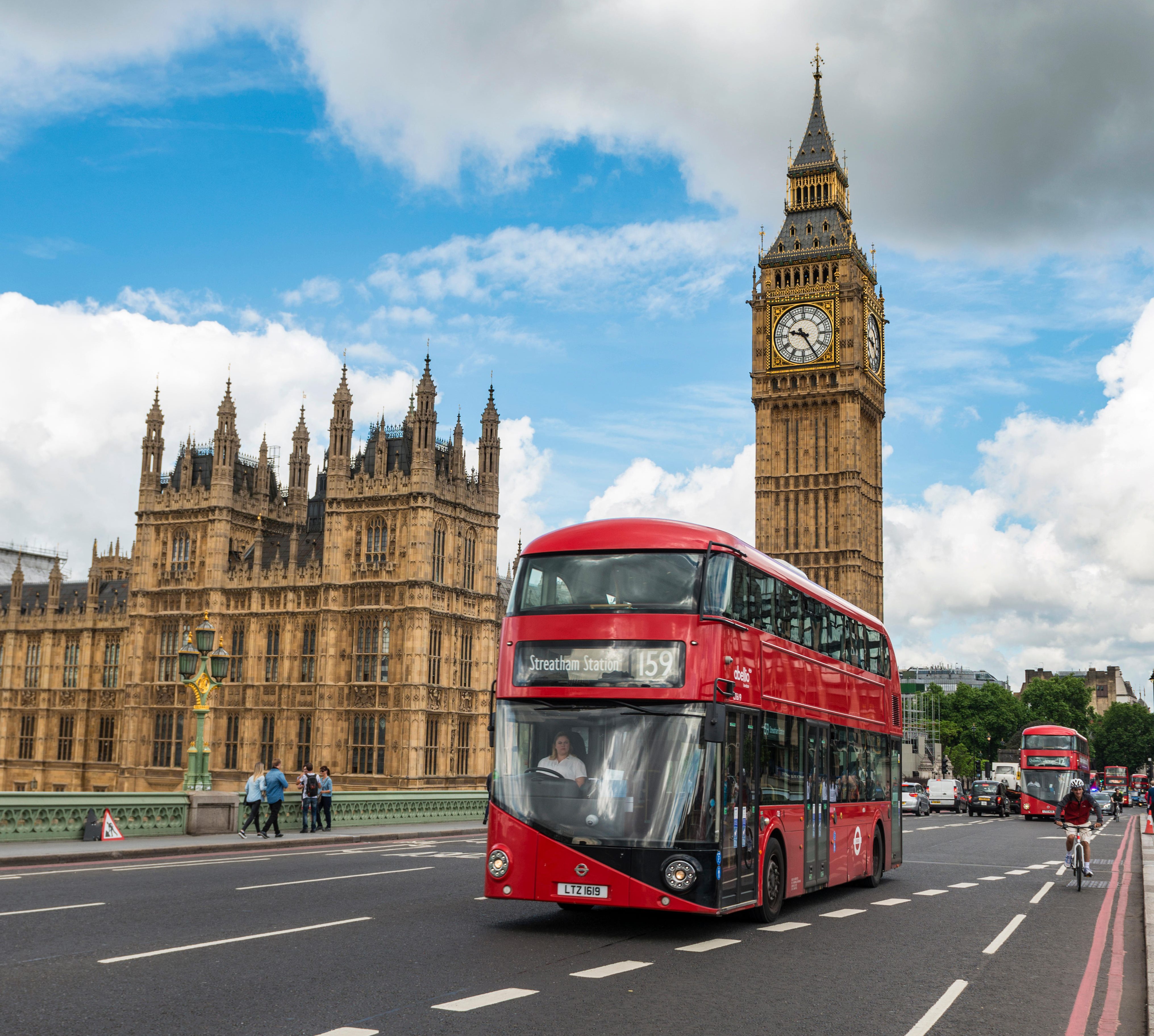 London's iconic red bus at risk and 6,000 year old chewing gum gives clues into our DNA history
London's iconic red bus at risk and 6,000 year old chewing gum gives clues into our DNA historyCuts to industry subsidies and an increase in fares has left bus use at its lowest point ever, while DNA extracted from ancient 'chewing gum' allows scientists to decipher the genetic code of a Stone Age woman.
By Alexandra Fraser
-
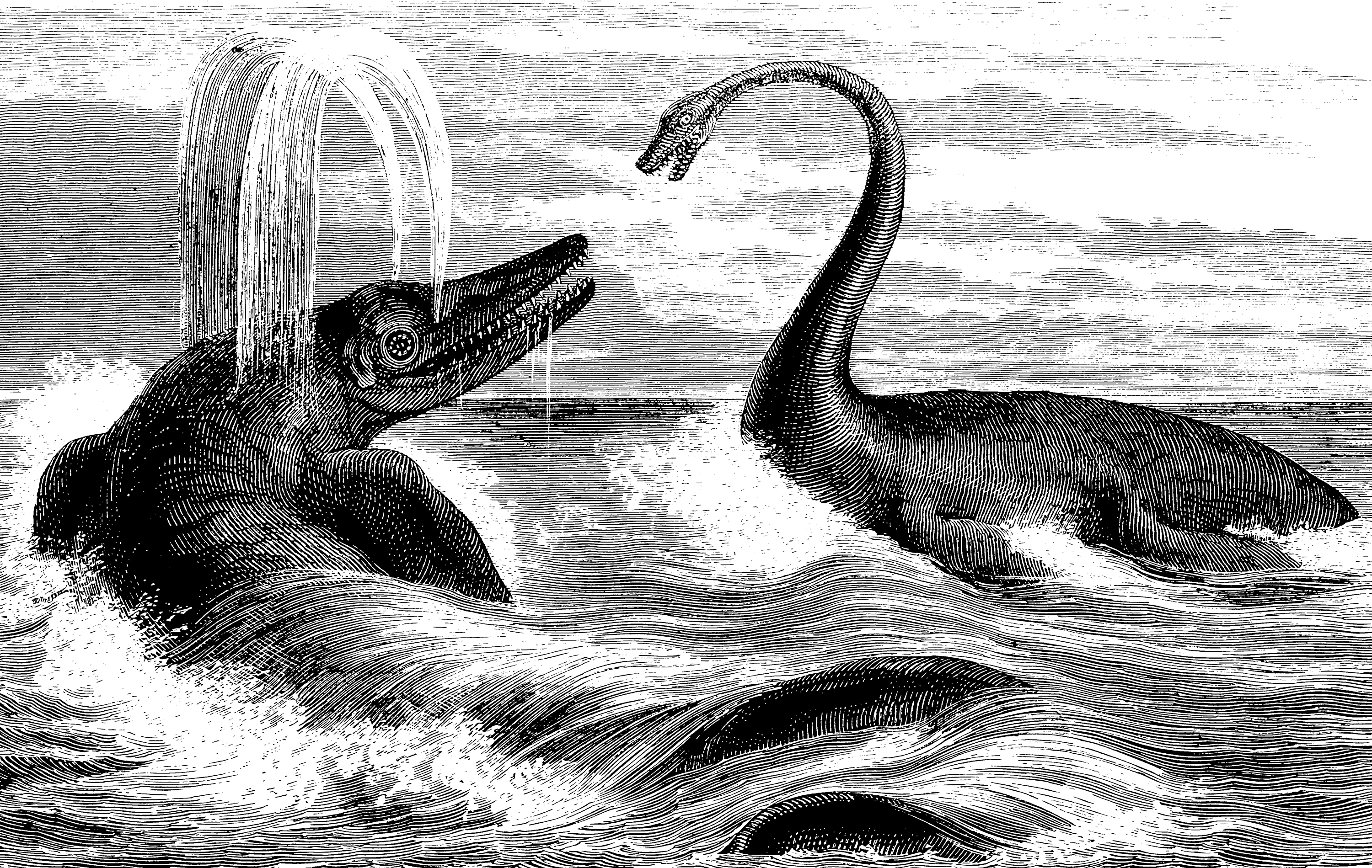 90-million-year-old 'swimming dinosaur' skeleton found by dogs out walking in Somerset, and the nonchalant moths who don't bother fleeing enemies
90-million-year-old 'swimming dinosaur' skeleton found by dogs out walking in Somerset, and the nonchalant moths who don't bother fleeing enemiesA superbly intact dinosaur skeleton — described as being 'museum quality' — has been discovered on a beach in Somerset.
By Toby Keel
-
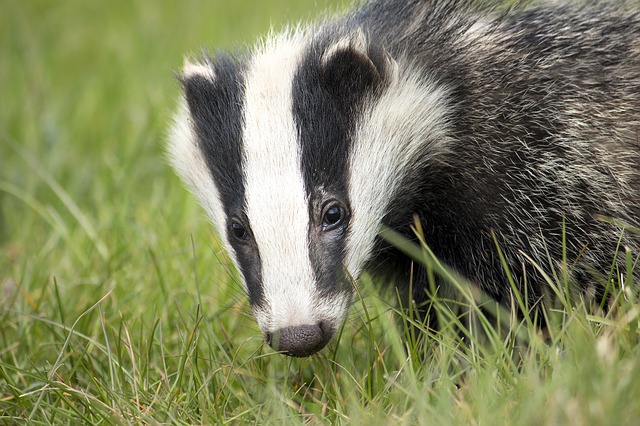 Battle to ban 4x4s from the idyllic Lake District spot bequeathed by Beatrix Potter, eagle fights octopus and the 'snail's pace' climate talks
Battle to ban 4x4s from the idyllic Lake District spot bequeathed by Beatrix Potter, eagle fights octopus and the 'snail's pace' climate talksThis morning we look at Little Langdale's fight for peace, reflect on the climate change talks in Madrid and discover the soundtrack for Brexit.
By Toby Keel
-
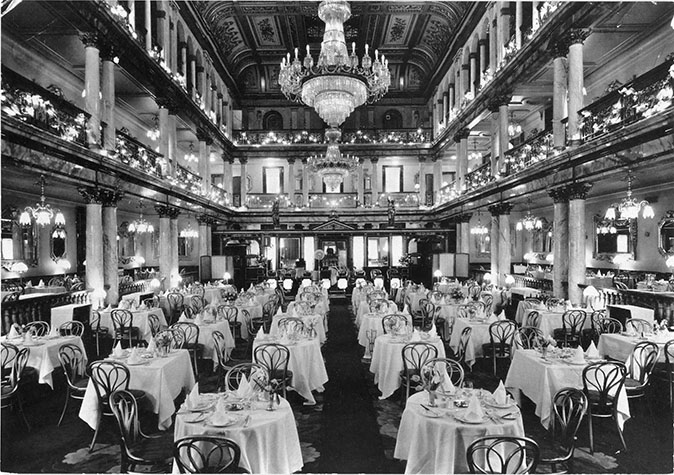 Country Life Today: How Greta Thunberg shifted the dial on climate change — and the backlash shows just how much
Country Life Today: How Greta Thunberg shifted the dial on climate change — and the backlash shows just how muchThis morning we ponder whether Greta Thunberg is the Joan of Arc for the environmental movement, look at a key election — one from 19 years ago — and ponder the marvel of 'dad tidying'.
By Toby Keel
-
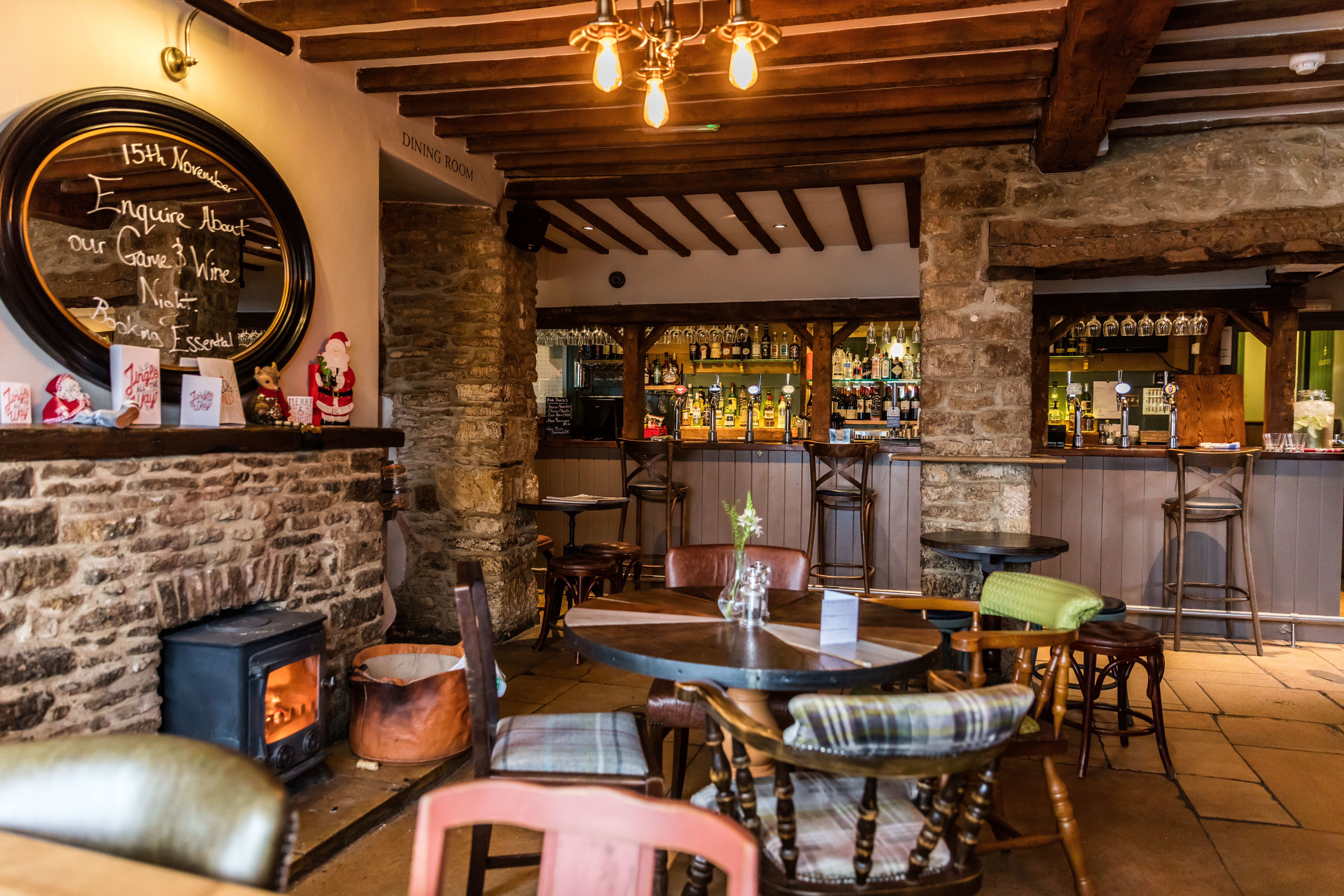 Country Life Today: Great news for those who love our great country pubs — the years of decline are over
Country Life Today: Great news for those who love our great country pubs — the years of decline are overThere is a great sign of health in the pub industry, we look back at Edward VIII's abdication message and fret about Greenland's melting ice.
By Toby Keel
-
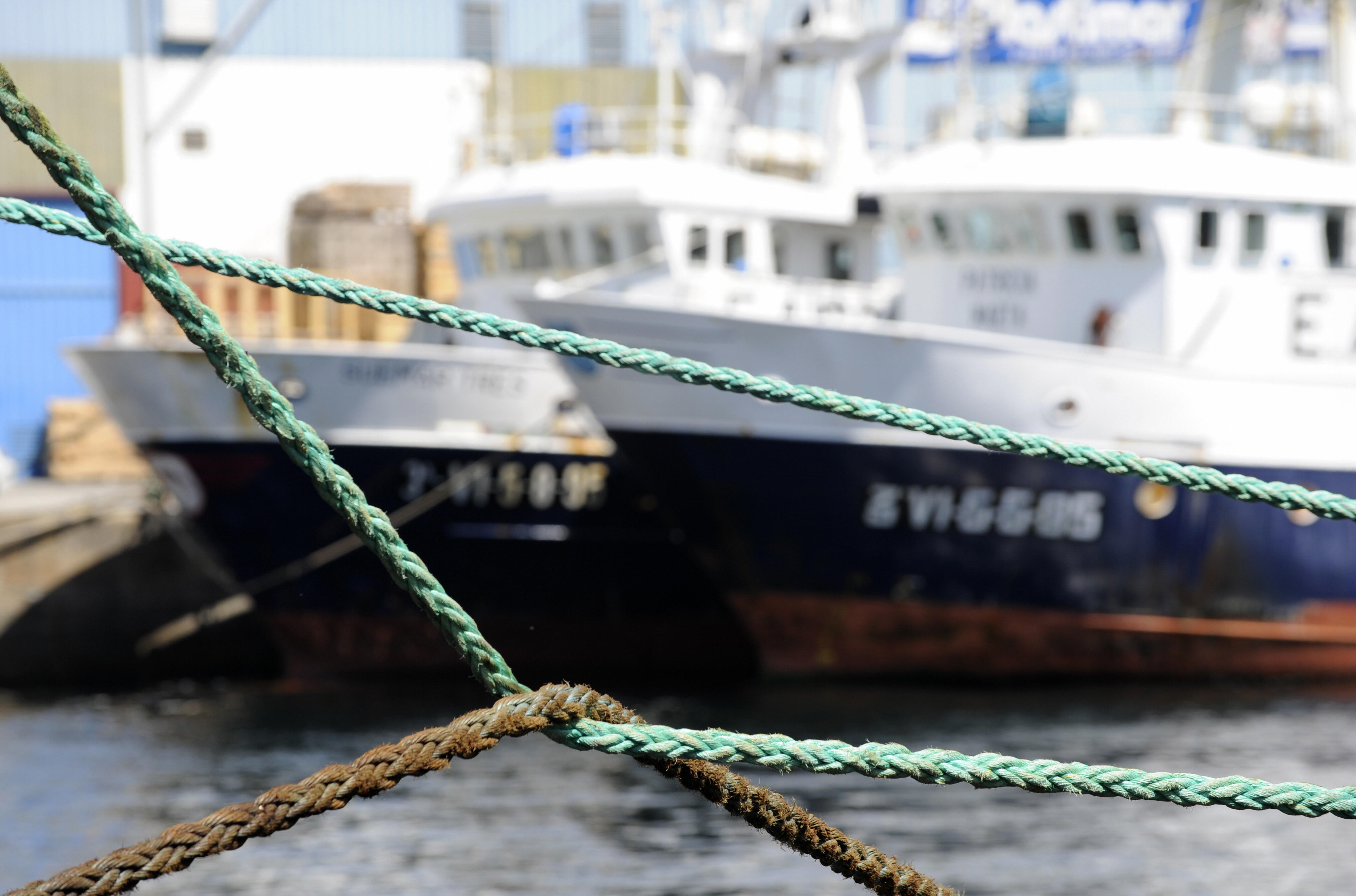 Country Life Today: Spain accused of being 'a deplorable choice' for UN climate conference
Country Life Today: Spain accused of being 'a deplorable choice' for UN climate conferenceA no-holds-barred assault on the Spanish fishing industry, Banksy raising awareness of the homeless and the woes of the Christmas jumper are in today's news round-up.
By Carla Passino
-
 Country Life Today: 'This is perhaps the ultimate wake-up call from the uncontrolled experiment humanity is unleashing on the world’s oceans'
Country Life Today: 'This is perhaps the ultimate wake-up call from the uncontrolled experiment humanity is unleashing on the world’s oceans'In today's round up, we examine why oxygen loss is putting oceans at risk, discover that action to cut air pollution brings almost immediate benefits to human health and find out which bird's arrival marks the start of winter in Gloucestershire.
By Carla Passino